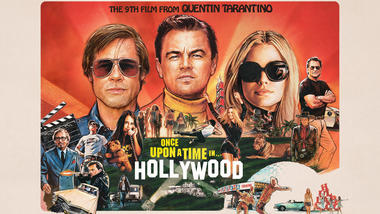
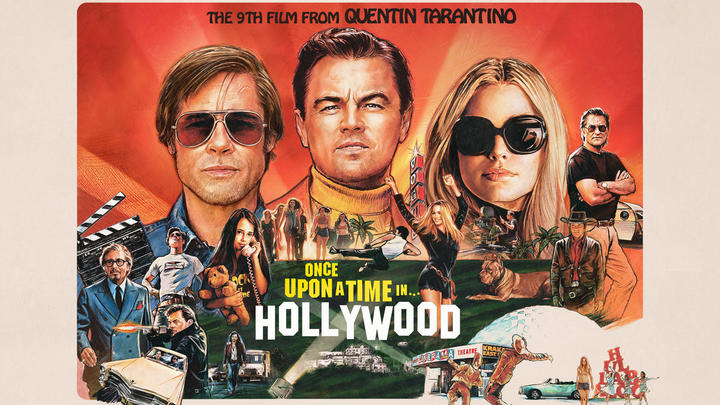
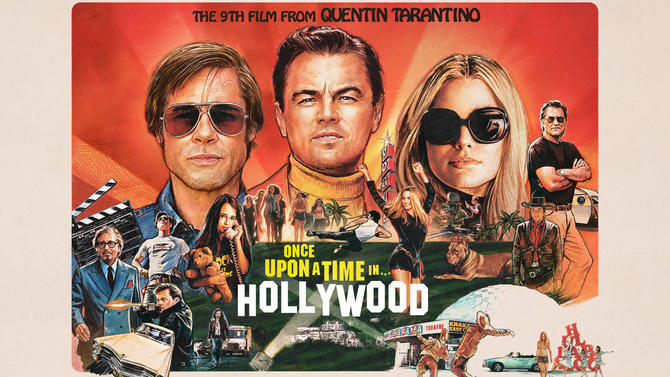
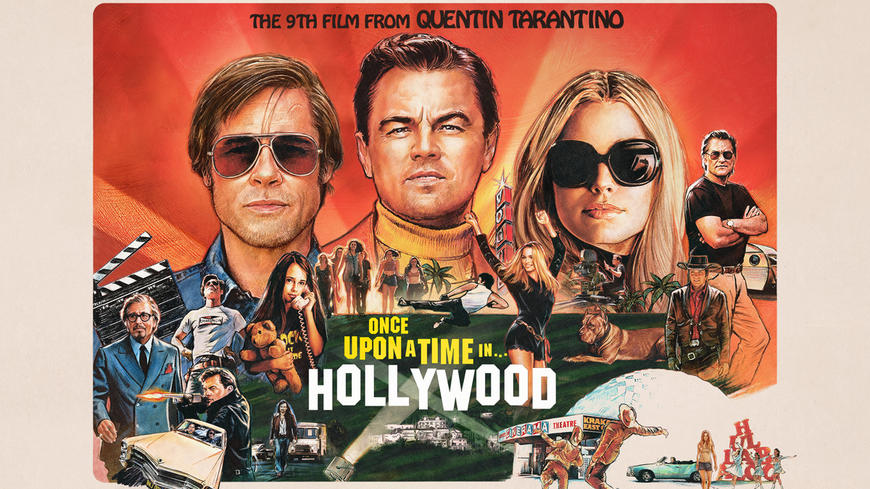
Quentin Tarantino's "Once Upon a Time in Hollywood" stands as a brilliant testament to the filmmaker's unique vision and storytelling prowess. Released in 2019, the film skillfully weaves together fictional characters and real-life events, creating an immersive narrative set against the backdrop of 1960s Hollywood. This movie analysis explores Tarantino's masterful craftsmanship, the portrayal of its main characters - Rick Dalton (played by Leonardo DiCaprio) and Cliff Booth (played by Brad Pitt), and how the film intertwines with the actual history of that era.
Chapter 1: Recreating the Golden Era of Hollywood
"Once Upon a Time in Hollywood" transports viewers to the vibrant world of 1969 Los Angeles, capturing the essence of the final days of Hollywood's Golden Age. Tarantino's meticulous attention to detail is evident in every frame, from the vintage cars and iconic landmarks to the period-accurate costumes and production design. The film serves as a love letter to the era, with a nostalgic blend of real and fictional characters that populate the city's vibrant landscape.
Chapter 2: Rick Dalton: The Fading Star
Leonardo DiCaprio's portrayal of Rick Dalton, a fading television star, is a testament to his versatility and depth as an actor. Dalton, once the lead in a popular Western TV series, struggles to find relevance in a rapidly changing industry. DiCaprio expertly embodies Dalton's vulnerability, self-doubt, and desperation, eliciting both empathy and admiration from the audience.
Tarantino skillfully juxtaposes Dalton's personal journey with the changing landscape of Hollywood, highlighting the shift from traditional Westerns to the emerging wave of counterculture and New Hollywood cinema. Through Dalton's character, the film explores themes of nostalgia, aging, and the fear of becoming irrelevant in an ever-evolving industry.
Chapter 3: Cliff Booth: The Loyal Stunt Double
Brad Pitt's portrayal of Cliff Booth, Rick Dalton's loyal stunt double and best friend, is a tour de force performance. Booth serves as Dalton's confidant, providing unwavering support and a sense of stability amidst the chaos. Pitt imbues Booth with an enigmatic charm, showcasing his physical prowess and laid-back demeanor.
Booth's character acts as the embodiment of the classic Hollywood stuntman, someone who lives on the fringes of stardom but possesses an unshakable loyalty and unwavering dedication to his craft. Pitt's charismatic portrayal brings a sense of authenticity and groundedness to the character, elevating his role beyond a mere sidekick.
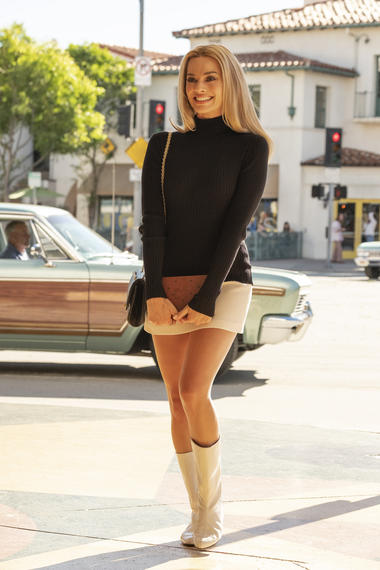
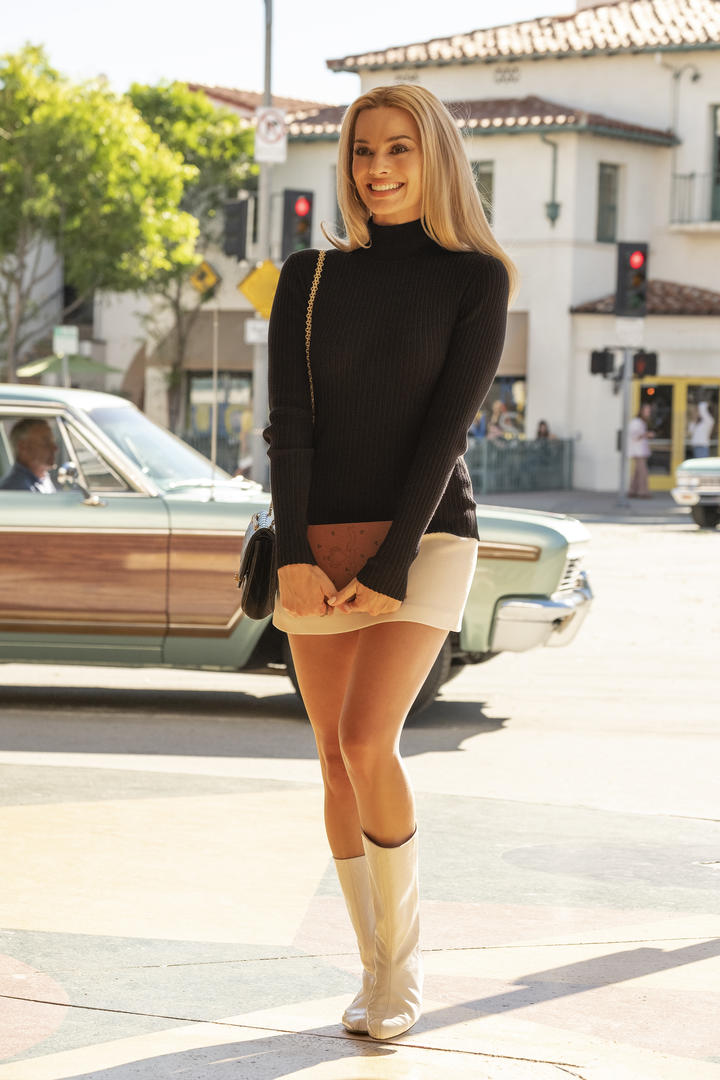
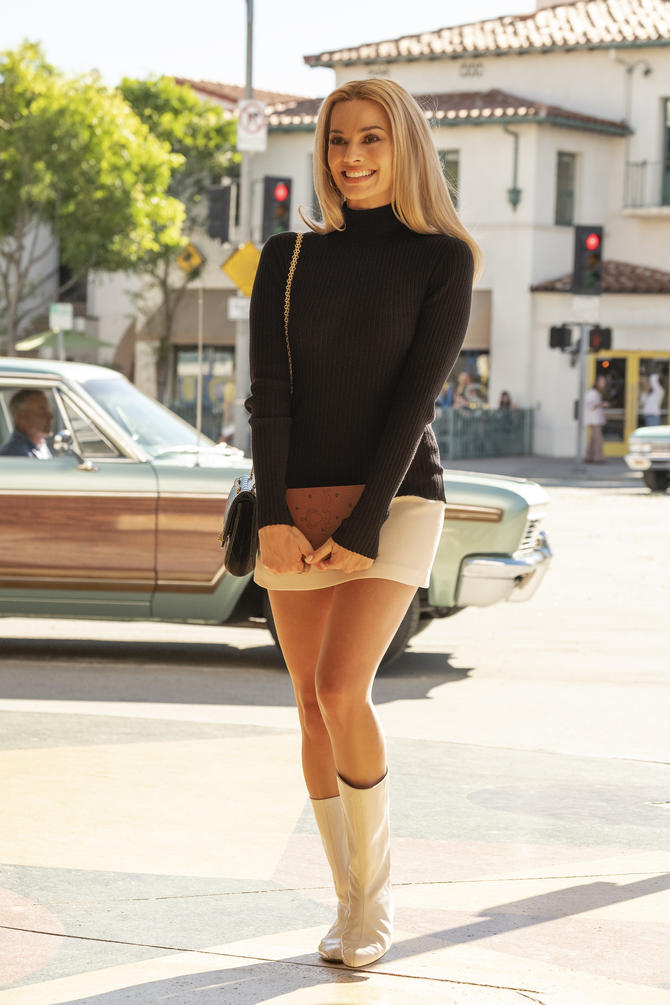
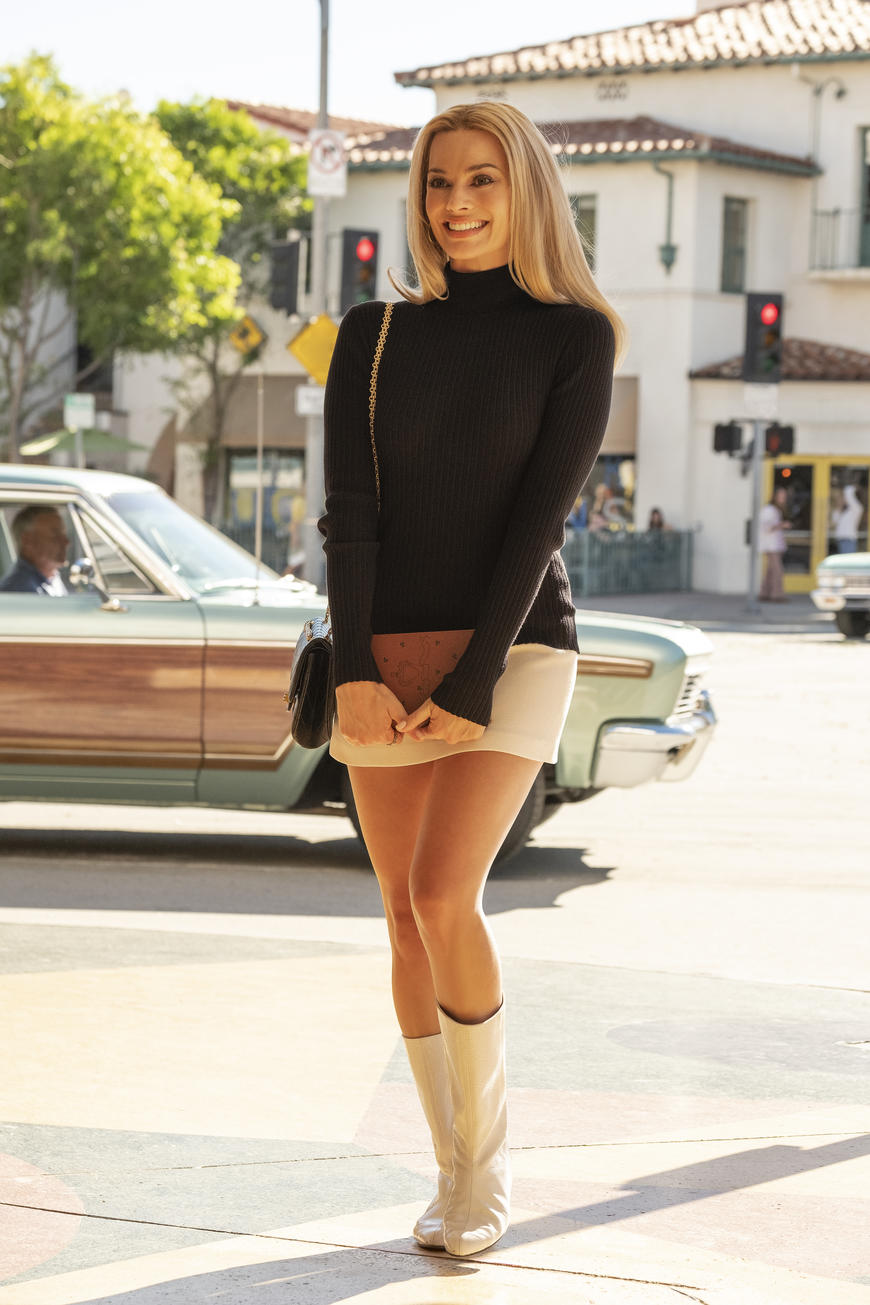
Chapter 4: Fiction Meets Reality: The Manson Family Murders
One of the defining elements of "Once Upon a Time in Hollywood" is its integration of real-life events, particularly the infamous Manson Family murders. The film subtly weaves its fictional narrative into the historical backdrop, capturing the sense of unease and impending darkness that loomed over Hollywood during that time.
Tarantino skillfully reimagines the events leading up to the tragic night of August 8, 1969, when members of the Manson Family targeted actress Sharon Tate (played by Margot Robbie) and her friends. The film presents an alternate reality, allowing the audience to speculate on what might have been had the course of history taken a different turn. This blending of fiction and history provides a compelling narrative twist and allows Tarantino to explore themes of redemption, justice, and the power of cinema.
Chapter 5: The Tarantino Touch: Subversion and Homage
As with many of Tarantino's films, "Once Upon a Time in Hollywood" showcases his signature style, blending elements of homage, subversion, and nonlinear storytelling. Tarantino pays homage to the filmmaking techniques, genres, and pop culture of the era, incorporating references to classic films, TV shows, and music. From the recreated sets of old Western TV shows to the fictional film within the film, "Kill Me Now Ringo, Said the Gringo," the movie is a love letter to the cinematic history that inspired Tarantino himself.
Additionally, Tarantino subverts expectations, deviating from historical accuracy to create a new narrative. The film takes liberties with the actual events surrounding the Manson Family murders, offering a cathartic and satisfying climax that contrasts with the tragic reality. This creative decision underscores Tarantino's ability to rewrite history and offer a revisionist take on the past.
Conclusion
"Once Upon a Time in Hollywood" stands as a testament to Quentin Tarantino's unparalleled storytelling prowess. Through meticulous attention to detail, masterful performances by Leonardo DiCaprio and Brad Pitt, and a seamless blend of fiction and history, the film captures the spirit of 1960s Hollywood while offering a subversive and compelling narrative.
By intertwining real and fictional characters, Tarantino transports viewers to a bygone era, recreating the glamour and fading glory of the Golden Age of Hollywood. The film's exploration of themes such as nostalgia, aging, and the fear of irrelevance resonates with audiences, while its revisionist take on the Manson Family murders provides a cathartic and satisfying conclusion.
"Once Upon a Time in Hollywood" stands as a testament to Tarantino's ability to push the boundaries of storytelling, paying homage to the past while carving his unique path. The film's blend of history and fiction serves as a reminder that cinema has the power to rewrite narratives and offer audiences a fresh perspective on the world. With its captivating characters, stunning visuals, and captivating narrative, "Once Upon a Time in Hollywood" cements itself as a modern masterpiece that will continue to be celebrated for years to come.